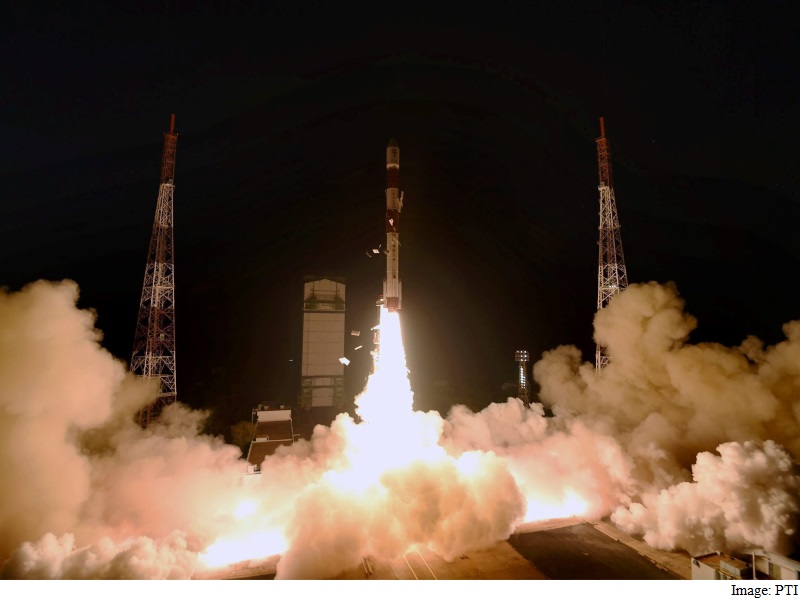Isro Successfully Tests Multiple Burn PSLV Engine on Wednesday
Advertisement

Indian space agency Isro on Wednesday successfully tested restarting of its Polar Satellite Launch Vehicle (PSLV) rocket after its engine was cut off during the mission to launch six Singaporean satellites, a top official said.
"The restart test was successful. The engine was fired for nearly five seconds. We will be using this technology sometime next year," Indian Space Research Organisation (Isro) chairman A.S. Kiran Kumar told IANS.
According to him, the next three satellite launches using PSLV rocket will be navigation satellites.
After that, there will be some multiple satellite launches and this technology will be used, he added.
"The restart of the engine happened beautifully. The test was a success," S. Somnath, director of the Liquid Propulsions Systems Centre, told IANS.
Advertisement
According to him, the multiple burn fuel stage/engine will be used in PSLV-C35 rocket which will carry two satellites.
One satellite will be launched at an higher orbit and the other one will be at a slightly lower orbit, he said.
Advertisement
Technically speaking, India tested a multiple burn fuel stage/ engine for the first time.
"The restart and shut off of the fourth stage engine is done as a first step towards launching multiple satellites but in different orbits," an Isro official told IANS, declining to be named.
Advertisement
Launching of multiple satellites with a single rocket is nothing new for Isro and it has been doing that for several years. The challenge, however, is to launch several satellites at different orbits with one rocket.
This is what Isro tested after PSLV ejected out six Singaporean satellites on Wednesday.
The PSLV rocket is a four stage/engine rocket powered by solid and liquid fuel alternatively.
"Restarting a rocket engine soon after it is shut off is a critical technology that has to be mastered. Once a rocket engine is activated, then the heat generated is very high. The trick is to cool it down in the space and to restart it at a short gap," an industry expert told IANS.
"This is entirely different from switching on and off the communication satellite's engines in the space. The interval between two restarts of a communication satellite engine will be in days. But in the case of restarting a rocket engine, the time gap will be in hours," the expert added.
"By that time the rocket's engine has to be cooled down. This part of the experiment is very critical," he explained.
The PSLV's fourth stage was restarted successfully at just over 67 minutes into the flight or 50 minutes after the engine was cut off.
At the time of restart the fourth stage was in a lower altitude of 523.9 km while the satellites were ejected at 550 km altitude.
The engine operating for few seconds went up to an altitude of 524 km before the stage was cut off again.
For the latest tech news and reviews, follow Gadgets 360 on X, Facebook, WhatsApp, Threads and Google News. For the latest videos on gadgets and tech, subscribe to our YouTube channel. If you want to know everything about top influencers, follow our in-house Who'sThat360 on Instagram and YouTube.
Advertisement
